GOG's 10 year journey to bring old games back to life
An oral history of Good Old Games: How it began, and how they track down classic games and make them work again.
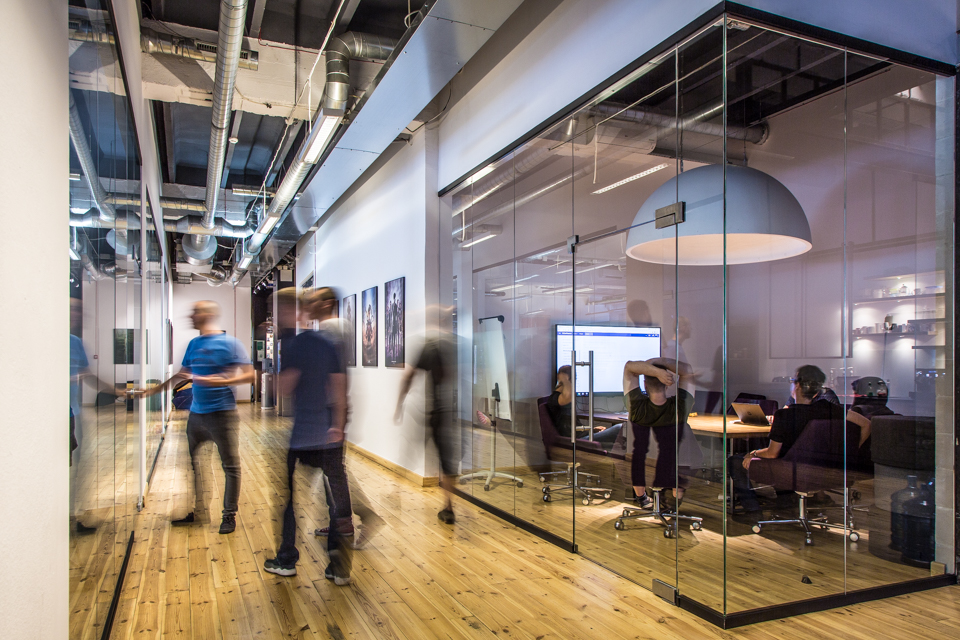
10 years ago, not long after a young CD Projekt had founded a development studio and released The Witcher, the company founded something else: GOG.com. Back then, though, GOG wasn't just GOG. It was Good Old Games, a new digital store aimed at selling only old games. So much has changed about the way we buy and play games in that decade, it's hard to remember that that was, in 2008, a strange idea.
Digital distribution is now normal. DRM-free games are pretty normal, too, and so is selling classic games. But GOG had to be pioneer these concepts as its inexperienced team of upstarts from Eastern Europe built a platform, convinced developers and publishers to join them, learned to become IP rights detectives, and figured out how to make old software run on new hardware.
This is the story of how Good Old Games began, and how GOG today tracks down classic games and makes them work again, in the words of some of GOG's key players.
Good old days
When GOG managing director Piotr Karwowski started working at CD Projekt as a web designer 20 years ago, they faced a serious problem: game piracy in Poland was rife.
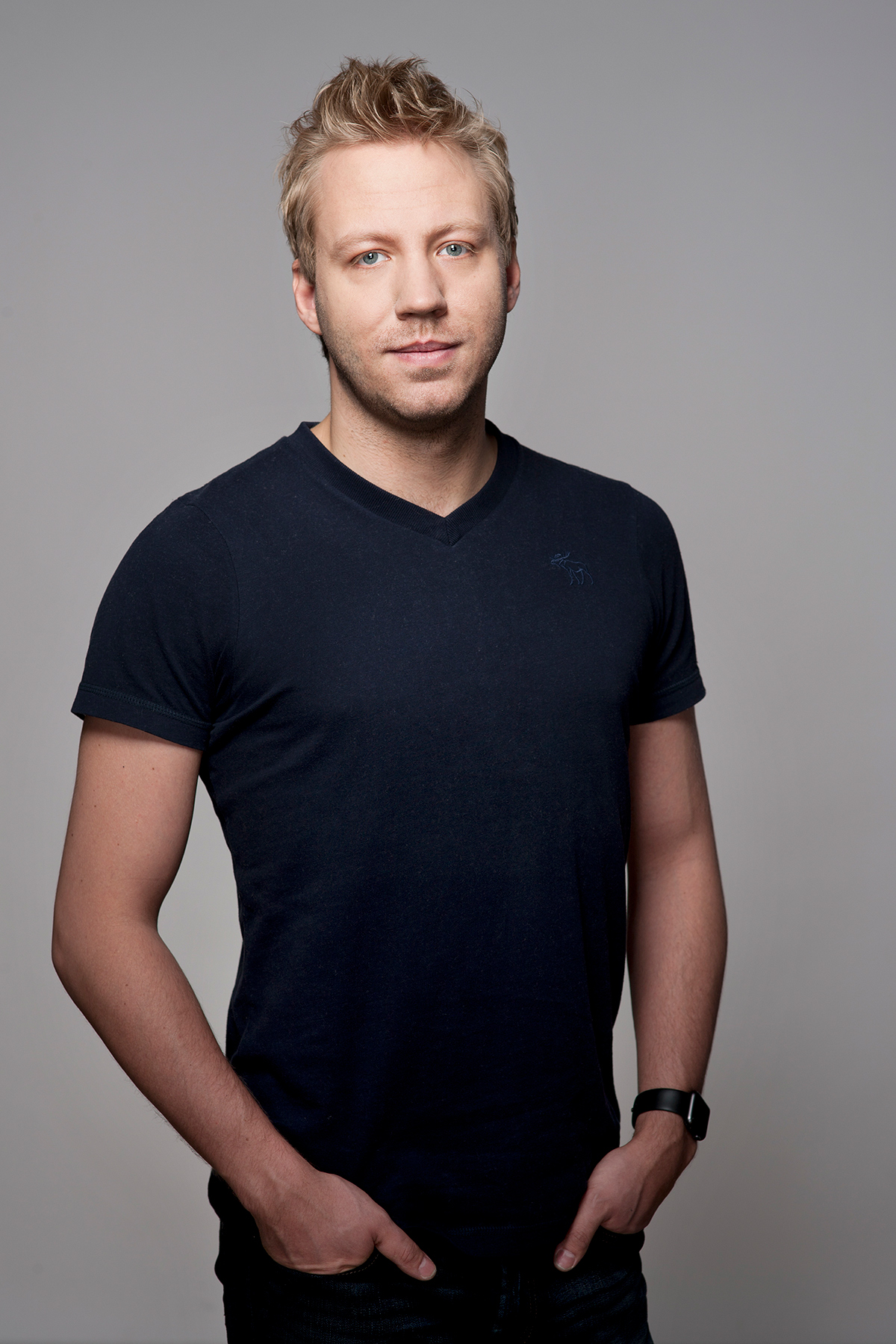
Piotr Karwowski: In the early 2000s, before CD Projekt got into game development, we were distributing games in boxes. Piracy in Poland was a big issue, but what were immensely popular were rereleases of classics in a mid-price format, where in one box you could find Baldur’s Gate 1 and 2, Icewind Dale and Planescape Torment all for $15, packed with maps. It was all about focusing on value to fight piracy, and also making it hassle free, with no activations so it worked out of the box.
Years later, as digital distribution rose, CD Projekt founders Marcin Iwiński and Michał Kiciński saw potential in using what they’d learned in fighting piracy for something new.
Piotr Karwowski: I learned of the idea for GOG sometime in March 2007. I met with Michał Kiciński and he said he had this cool idea and asked if I could kick start it somehow. The idea was on a post-it note with just four points: ’two price-points’, ’DRM-free’, ’simple user experience’, ‘classics’. There was no grand scheme for how we’d do it. I felt a bit scared. I had no idea how we’d do it.
Keep up to date with the most important stories and the best deals, as picked by the PC Gamer team.
Many challenges lay ahead. One was convincing publishers and developers that the project would work. Oleg Klapovsky is GOG’s senior vice president of bizdev and operations, and was the first person to start trying to do just that.
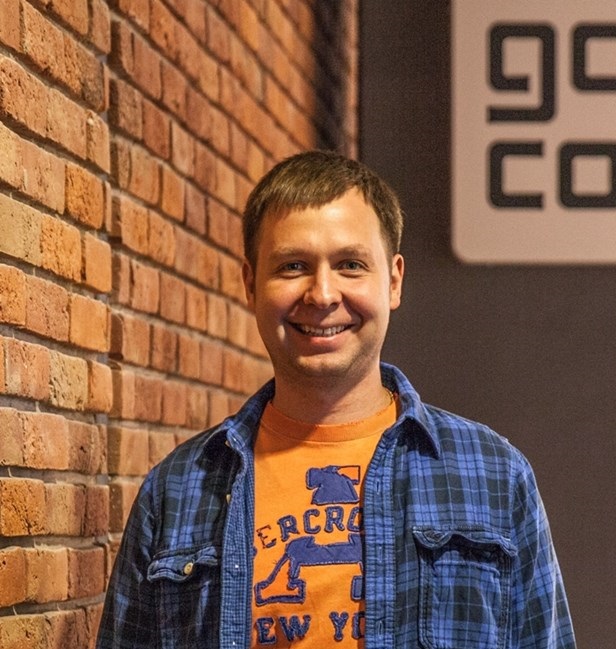
Oleg Klapovsky: The reaction was always different. Initially they just didn’t understand what we wanted to do. Then some publishers looked at us and said, ‘Hey, you guys are crazy. You won’t make any money out of it.’ Others asked us how we’d make the games work, because they didn’t have masters for them. They were worried that it’d take lots of their time, but it wasn’t the case. We did everything ourselves, and we had a motto: ‘The only thing you need to do is write your signature and then send us invoices.’
There was also the challenge of building a platform that would look nice, work smoothly for users, and could serve terabytes of data on an international scale.

Piotr Karwowski: Back then there were no cloud services and the people we hired had no experience of digital distribution. We had to figure out how to get it to work. And I know this will sound counterintuitive but I think it was the biggest blessing for GOG. We believed it could be done. I’m pretty sure that if we had industry veterans on the team, they’d have told us to drop the whole idea, but we were naive and it worked. There’s a Terry Pratchett quote I love dearly, which goes, ‘The vital ingredient of success is not knowing that what you attempt cannot be done.’
Over the course of 2007, GOG the platform was steadily built, and everyone at CD Projekt loved it. But there was a problem. GOG didn't have any games to sell.
Piotr Karwowski: As a distributor, CD Projekt knew a lot of companies [like] Ubisoft and Blizzard, so we were certain they’d agree. I mean, their games were pirated anyway! But it proved not to be so easy. The holy grail to find a company to sign up took seven or eight months; we knocked on every door. No one wanted to be first.
Oleg Klapovsky: Interplay were different, because the only rights they had were rights for super-old games, and some of them weren’t sold anywhere. For Interplay, GOG was an easy deal because they couldn’t sell these titles anywhere else.
Marta Adamska: The signature took ages and at the end of the day they said, screw it, it’s old titles anyway, it’s going to be fine, and it was! Now they’re one of our awesome, awesome partners.
Getting the rights
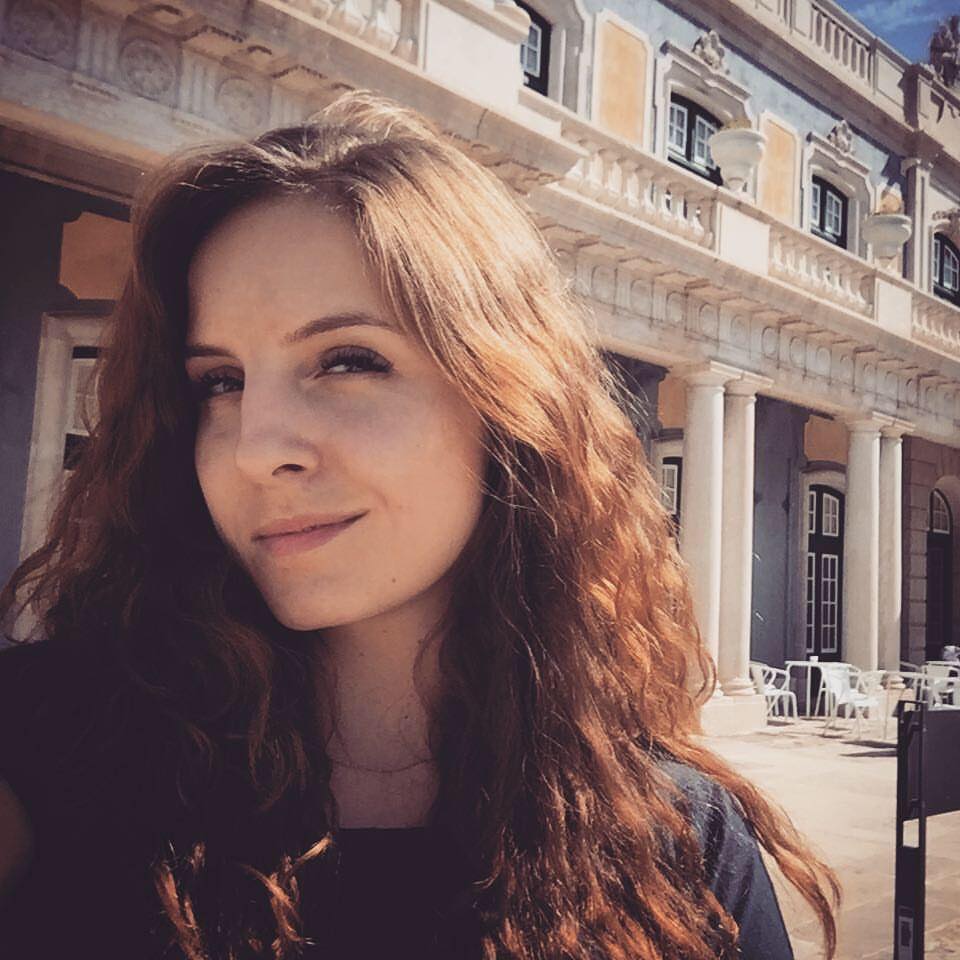
Marta Adamska is head of bizdev at GOG, which entails a great deal of sleuthing to find the people who own the rights to classic games so GOG can sell them.
Marta Adamska: With classic titles, most rights are lost between companies, liquidation, bankruptcies, mergers and acquisitions. And it’s not always that obvious. Some agreements are written in a way where after a certain amount of time the rights revert to the developer. But the rights for what? The code? The IP? The character, the music? Actually, every one is separate. There are games where we’ve signed five-way agreements, and some rights went to one party and are blocked by another. It’s insanely complicated to track it all.
Often, the first step is to approach the original developers.
Marta Adamska: I come from the perspective that the creator is the one who is going to care most, and [is the] most likely to know where the rights remain. Then I go to the publisher, who has probably gone bankrupt. But nothing disappears when it comes to rights. They’re there somewhere, and someone must have inherited or acquired them. That was the case for the Forgotten Realms games. They were really difficult. They were journeys through pain, but Oleg managed to find all the people who were involved. He worked for years to make that happen.
Oleg Klapovsky: I was always a fan of the Eye of the Beholder games, and I always wondered who had the rights. People always told me that they were part of this merger and that acquisition, but when I checked I couldn’t find proof. I was talking a lot to Wizards of the Coast at the time, and I asked them, since it was their IP, if they knew who worked on it. They gave some hints and I started talking to some producers and ex-owners and slowly, step-by-step, we came to a company that has nothing to do with games nowadays that just had all these old titles lying around. They’d forgotten about them!
We asked if they were willing to make a deal, and it took one or two years, explaining that we’re not some shady company. We were surprised by what we found there, including the rights for the code to the Forgotten Realms games! I thought they’d gone to Ubisoft.
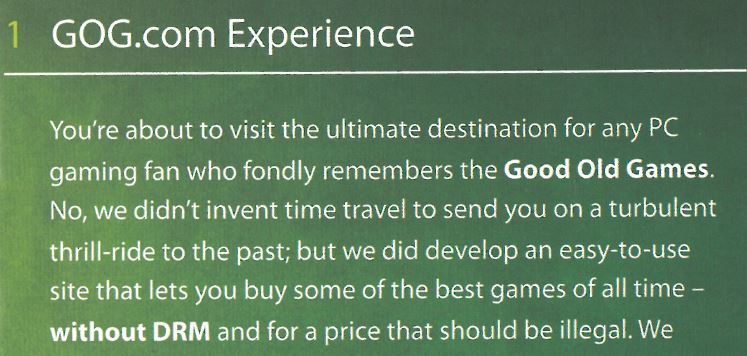
But not everyone sees the appeal of bringing old games back from limbo.
Marta Adamska: With one game, I can’t say which, we found all the rights had reverted to the developer. We found him and one of the team added him on LinkedIn, but there was no reply. We looked through forums, and through some weird old website found his email address and wrote to him. But his daughter replied and sadly, she said he’d died five years ago. We said we’d love to release the game, and she had no clue about games whatsoever. I guess for her it was too high a barrier in terms of understanding what it was all about.
Then there were the Dune games. We’d all love to see Dune II come back, right?
Marta Adamska: Oh my god, we’ve spoken to so many people who were even remotely engaged in the process of creating Dune II. Westwood was involved and as it turned out, not all the rights went to EA when they bought them. Some code rights went to some of the actual programmers, but they were residual so we’d need to sign with both them and EA. Talking to EA is always a huge process because they’re such a huge company. Asking for the documents, which are in paper form, that’s a level of time and engagement that might not be worth it in terms of business. But there was this one guy who knew about the case because he was personally interested and he said that all the rights had reverted to Frank Herbert’s family.
Somehow, I don’t want to know how, one colleague got a contact for them, and they unfortunately said they didn't want to revive anything. It wasn’t a case of not understanding games, just a straight-up, ‘If it’s old it should stay old’. It was so unbelievably frustrating. But of course, they have a right to that decision. It’s theirs. If they feel so strongly, who are we to judge them for it?
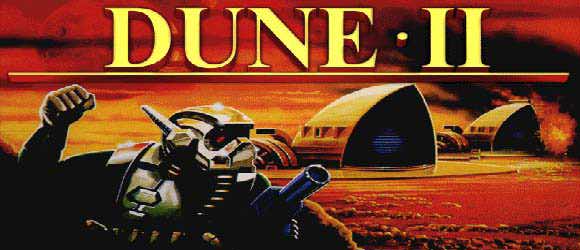
Oleg Klapovsky: Unfortunately, Dune, even though it’s one of my most loved titles, never worked out. But we keep chasing everything on the list, once a year or every two years. We don’t give up on any title; it’s just a matter of how regularly we chase, and maybe one day something will happen.
Marta Adamska: We revisit these situations once a year or six months, because maybe it wasn’t a good moment. Maybe we caught the daughter of that developer by surprise. We’ll send her some articles about classic games, show her how happy people are. I’m hoping that’s going to work.
Old games reborn
Once a game has has finally been signed, it’s down to GOG’s head of product, Marcin Paczynski, and his team to get it ready to release.

Marcin Paczynski: I was hired in March 2009 as a tester. I was told, hey, this is your PC, and your first game to test is Prince of Persia: The Sands of Time. We will be releasing it in two days, so just play it for a few hours. That was my job! So it started with pretty good game. But then I played games like Crystals of Aborea, an Ishar RPG, where there’s no map. Those games were very difficult! Very, very annoying at times. I was the newest guy, so the best titles were given to the others. Then I got to enjoy those games. Being forced to do it, I started to see why they’re considered classics.
Getting old games working on modern Windows systems is often difficult. For the oldest, GOG’s biggest weapon is the DOS emulator DOSBox. One of its core developers, Peter ‘Qbix’ Veenstra, frequently helps out.
Marcin Paczynski: Most of the time all we get is email with a title and a contact person, and that’s basically it. With Harvester there were a lot of issues with how its movies are displayed. Qbix was helping us but we couldn’t find the correct codec. It was randomly happening across the whole game, and every time a tester came up to a new problem, we’d try a different codec and have to start the game all over again. Even the last outro movie went wrong, so we needed to go back to square one right at the end.
Many games don’t work perfectly in vanilla DOSBox. GOG has to fiddle with many settings, including scaling, controller setups and CPU cycles, sometimes having to dynamically set them because different parts of a game behave differently.
Marcin Paczynski: For Theme Park we had to ask Qbix to create a separate branch of DOSBox. The game was all over the place, it didn’t work at all. The biggest problem was with memory allocation. We had previous problems with Realms of Arkania, where the last boss was basically unbeatable because of the memory allocation issue. But there are games that are much more difficult, and those are the early Windows games. Here is where we have the majority of the fun, so to speak.
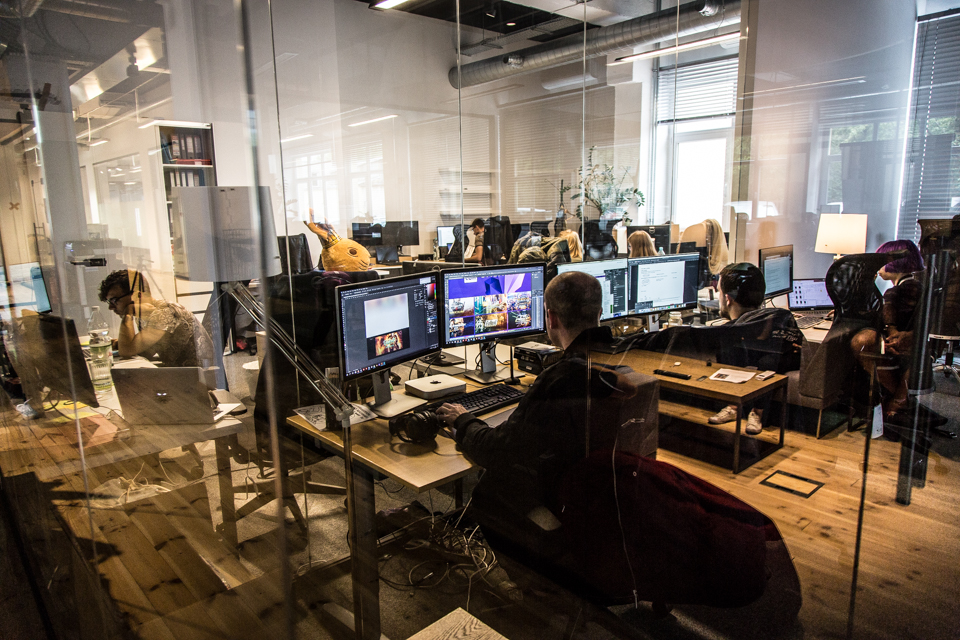
After all, before DirectX 9 was released in 2002, there were few standards for PC hardware and software.
Marcin Paczynski: A game is like a Pandora’s box. You open it and it can be all over the place. When we first launched Jedi Knight: Mysteries of the Sith, the game is 3D but the land was 2D and there were no textures. Everything was white. It wasn’t crashing, but it was totally unplayable. It can take a couple of months to be able to release those games.
Marta Adamska: Indiana Jones and the Infernal Machine was completely not compatible with new operating systems, and our product team had to rebuild it to make it run on Win 7, 8 and 10… without having the source code. We actually added cloud saves to that one as well, so it’s a fairly modern experience now.
Marcin Paczynski: One of the problems we had with Indiana Jones and the Infernal Machine, and this is one of the reasons we do full playthroughs from beginning to the end, was that at the very end, an elevator that’s supposed to take the player to the next level was gone. At first, we thought it was caused by one of our fixes, but it turned out that it was a known bug and the only workaround is to restart the chapter until it works, or to find a saved game where the elevator is present. We were able to fix it.

GOG's team isn't the only one reworking PC games to get them running again. Many game fans have gathered community fixes and patches over the years, and their makers are almost always happy to help.
Marcin Paczynski: The game is their passion as it is ours, so they love the idea that the game is kind of immortalised on GOG. It’s under our official care, and we commit for it to work in years to come. But that being said, we are not always able to use community fixes because they can change how the game behaves, and it’s very important for us to maintain the original experience. We discuss whether to fix something or whether it’s basically how the game is remembered. I don’t want to mention any titles but we have some famously broken games on GOG, and it’s a part of preserving their history if a character levitates in a cutscene or something. That means we create our own fixes, but we make sure that our version of the game is compatible with what the community has created.
For Oblivion we directly contacted the community, in particular the creators of script extenders, because they had to be created specifically for our version. Before the game was released we supplied them with our build so at launch they were compatible.
Getting a game on to GOG is tremendously complex, sometimes taking years of detective work, negotiation and technical wizardry. It’s hard to see all that from the outside, where all you see is the storefront.
Piotr Karwowski: We wanted it to be as good a platform as possible so that the first impression people would have was positive. It’s a crazy platform from Eastern Europe, and it couldn’t look like some scamming site.
GOG released Indiana Jones and the Infernal Machine as part of its 10th anniversary celebration in October 2018, alongside famously graphic shooter Soldier of Fortune. Around the same time it also faced widespread criticism for a social media post for the the second time that year. GOG deleted the tweet and issued a statement that it "GOG should focus only on games. We acknowledge that and we commit to it." It later fired the community manager behind those tweets.

